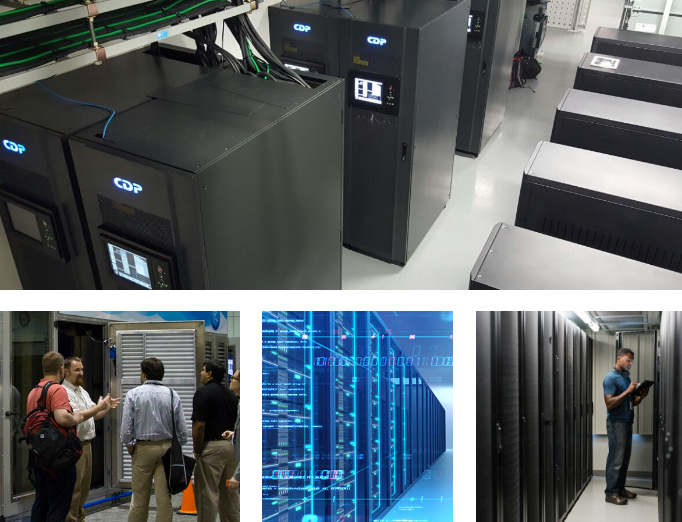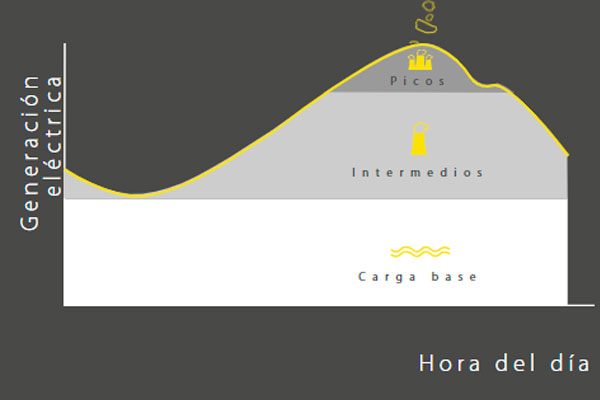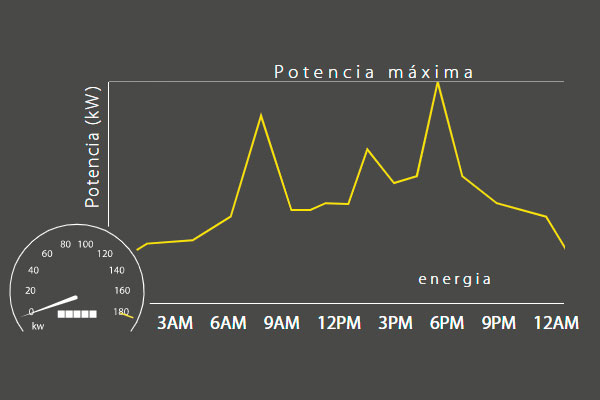How do we do it?
Through a design in which we evaluate operational costs and environmental impact and then build the solution and its implementation. These solutions based on battery technology according to the project can be of the type:
Lithium Ions (Li-Ion)
They have been implemented in a wide range of energy storage applications, ranging from energy-type batteries of a few kilowatt hours in residential systems with photovoltaic panels, to batteries in multi-megawatt containers for the provision of auxiliary network services .
Redox flow
Redox flow batteries (RFB) represent a class of electrochemical energy storage devices.
The name "Redox" refers to the chemical reduction and oxidation reactions used in the RFB to store energy in liquid electrolyte solutions that flow through a battery of electrochemical cells during charging and discharge.
During discharge, an electron is released by an oxidation reaction from a state of high chemical potential on the negative or anodic side of the battery.
The electron moves through an external circuit to perform useful work. Finally, the electron is accepted by a reduction reaction in a state of lower chemical potential on the positive or cathodic side of the battery.
The direction of the current and the chemical reactions are reversed during charging.
Activated carbon
It is used in dry cell batteries (zinc and oxygen depolarization cells). Depolarization in dry elements is based on the principle of catalytic activity on the inner surface of activated carbon, they require a high energy density and a low energy output over a long period.
The life of these cells is long, since there is very little or no self-discharge. Activated carbon offers a high level of porosity, which translates into high performance, low energy density and low weight.
 STORAGE
STORAGE


